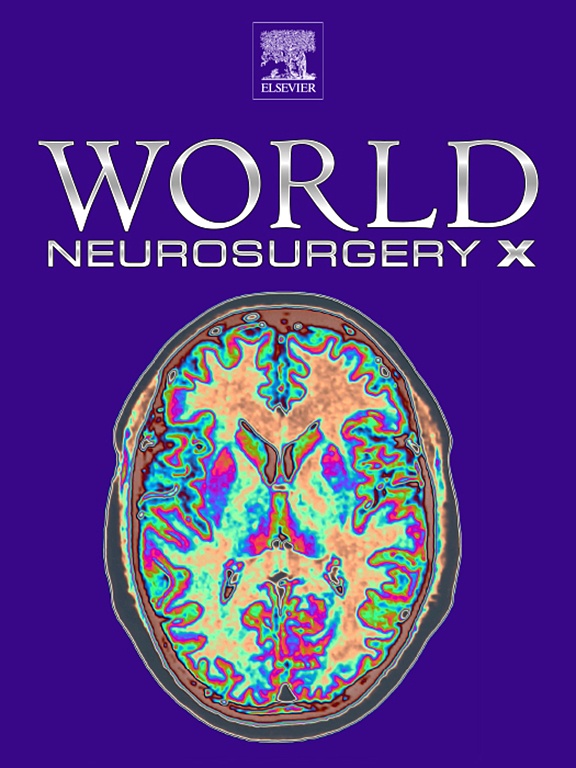
Microscopic Bilateral Laminotomy vs Total Laminectomy With Posterior Spinal Fusion (LF) for Stenosis

Microscopic Bilateral Laminotomy vs Total Laminectomy With Posterior Spinal Fusion (LF) for Stenosis
Clinical Outcomes Following Decompression of Central Canal and Lateral Recess Simultaneous Stenosis, with a Focus on Multilevel Stenosis: A Randomized Comparison of Microscopic Bilateral Laminotomy versus Total Laminectomy with Posterior Spinal Fusion.
World Neurosurg . 2024 Jul:187:e257-e263.Synopsis
Ninety-six patients with multilevel lumbar central spinal stenosis (LCSS) and lateral recess stenosis (LRS) were randomized to receive either total laminectomy with posterior spinal fusion (LF) (n=48) or microscopic bilateral laminotomy (n=48). However, only 76 patients completed the study. The primary outcome of interest was leg pain relief as measured by the visual analog scale (VAS). Secondary ...
To view the full content, login to your account,
or start your 30-day FREE Trial today.
FREE TRIAL
LOGIN
Forgot Password?
Explore some of our unlocked ACE Reports below!

Learn about our AI Driven
High Impact Search Feature
Our AI driven High Impact metric calculates the impact an article will have by considering both the publishing journal and the content of the article itself. Built using the latest advances in natural language processing, OE High Impact predicts an article’s future number of citations better than impact factor alone.
Continue



 LOGIN
LOGIN

Join the Conversation
Please Login or Join to leave comments.